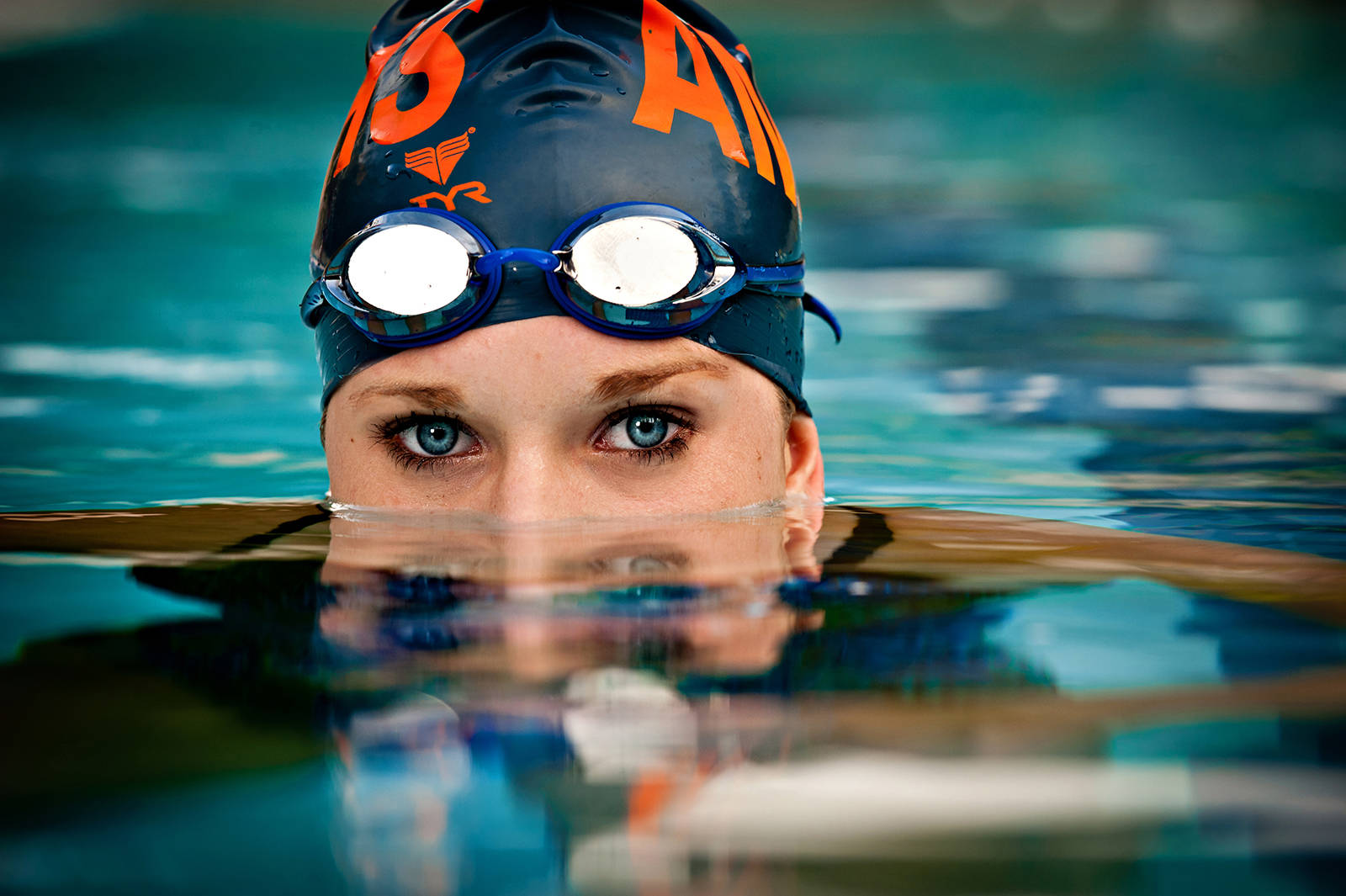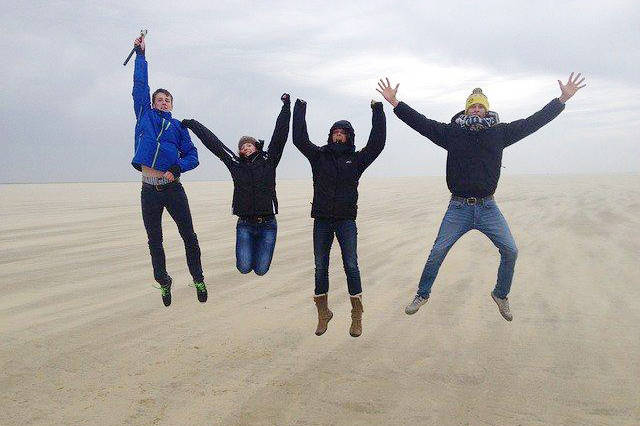Fifteen years ago, the University of Washington’s Center for Urban Horticulture burned to the ground. A self-proclaimed eco-terrorist group took responsibility, claiming the site was used for genetic engineering, research “certain to cause irreversible harm to forest ecosystems.” The research in question concerned poplar hybrids. Its purpose: to stall the effects of logging.
But these grounds have recovered nicely. Steps from the light rail and tucked behind UW’s numerous athletic facilities, the public preserve crawls back from Lake Washington, greeting visitors with a chorus of bird calls. On any given spring day, there might be a man there slouching under the weight of his camera, attempting to capture a greyhound-sized heron as a distance runner flies by. A smell like honeysuckle diffuses the air—it’s the snowbell tree, native to Japan.
Like an outdoor museum (and its sister facility, the Washington Park Arboretum), the Center for Urban Horticulture is free, yet to really appreciate it you need instruction—and, fortunately, instruction is available. Topics range from species identification to iPhone photography, and all have universal appeal.
“There’s a sense of community to be gained from taking a class with other people,” says Jessica Farmer, adult-education supervisor at the Center. For everyone, especially children, “The sounds of nature, the wind rustling through your hair, that ability to go outside, go for a walk, and be in nature is particularly soothing in terms of anxiety and stress.”
Once part of that community, students gain access to countless resources. In addition to an urban farm, a fragrance garden (home to the snowbells, among others), and a horticultural library, “We have an herbarium that maintains pressed samples of everything in the collection—they maintain the Washington Weed Board collection, so if you want to know what that noxious weed is, you can come here and look at a sample,” she laughs. “But they also do these beautiful plant pressings and cards.”
Often technical ideas veer into aesthetic ones. In the botanical watercolor and drawing class, for example, students can depict their subjects’ role within the ecosystem. Whenever possible, Farmer insists, class meets in Merrill Hall—the first LEED-certified building constructed on the UW campus—then moves outside. Taught during the day in plein air, the freehand watercolor classes are most popular.
But if you’re packing more followers than paintbrushes, David Perry’s iPhone/iPad photography class will feed your lust for likes. “He’s teaching people how to use the common equipment that everybody has to take beautiful photos,” Farmer says, adding that he’s shot magazine covers with only the tools in his pocket.
Students also land opportunities to showcase their work. “We have a student who planted a pollinator pathway over at the UW farm,” Farmer says, “so she gave a presentation on planting for pollinators in your home garden.” Run by undergrads, the UW farm offers frequent talks and tours. Farmer also points to a Ph.D. student who spoke about becoming a working farmer in Bow, Wash., alongside cheesemakers, blueberry planters, and a Taylor Shellfish outpost. On the artistic side, each holiday season brings a community art fair.
Farmer suggests that students leave the center via the lake loop trail. Along the way, they’ll see Merrill Hall rise out of the grass, a phoenix in wood paneling. Rooftop flora peek over the ledge of an irrigation system, funneled from storm drains. Gravel crunches underfoot as growls of gas ignitions slip away. And for those lucky enough, a swallow might make an appearance—so comfortable, as if greeting a friendly neighbor at his front door. Find Center for Urban Horticulture classes at Connect2Classes.com.








